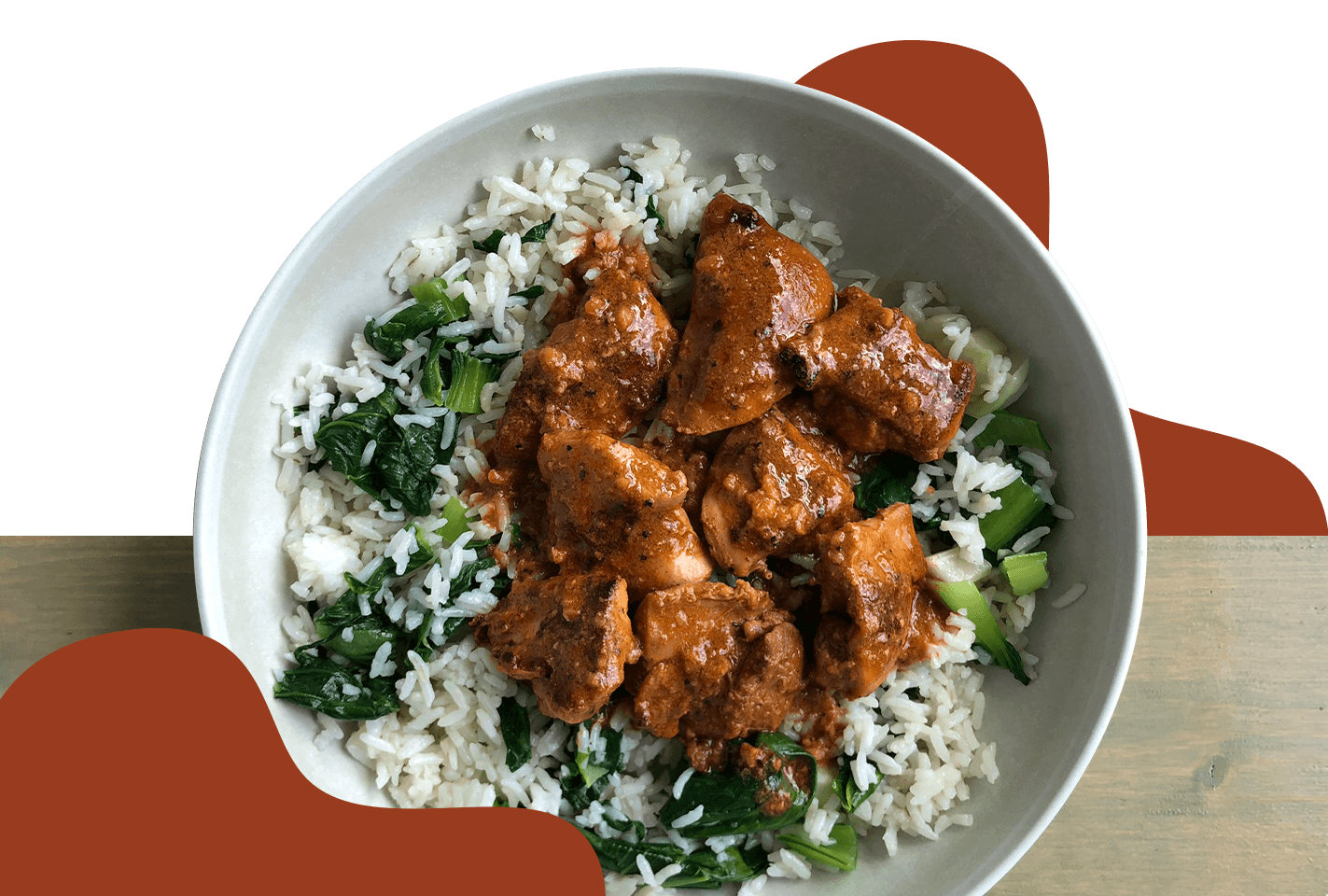Bangers and Mash, Great British Food at its Best
‘Bangers and mash’ is a staple part of British cuisine; a popular national dish, alongside fish and chips, shepherd’s pie and a ‘Sunday roast’ dinner. Besides the fact that it is easy to prepare and inexpensive to source it is a classic crowd pleaser. You could say it’s an absolute “Banger”. The name ‘Bangers and Mash’ literally means sausages and mashed potatoes and it is typically served with a brown onion gravy and sometimes a side of green peas. Although the ingredients are simple in essence, the overall flavor and appearance of the dish can vary enormously. A lot depends on the type of sausage and the way that the cook prepares the gravy. Therefore, it is tricky to replicate if you cannot source or make the right kind of sausage meat and are unsure how the gravy is supposed to taste.











